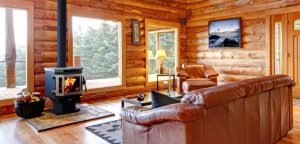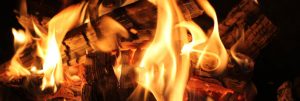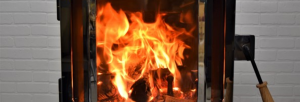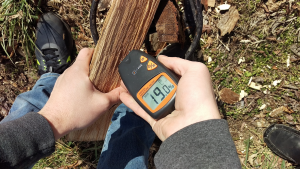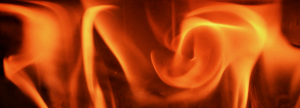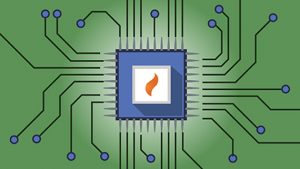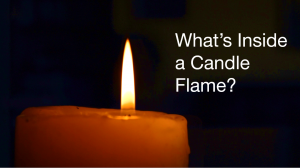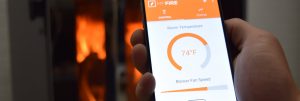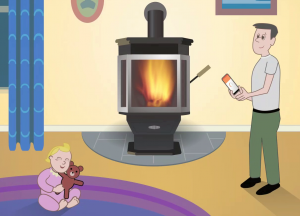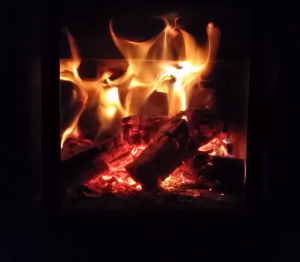More exciting news, this time in a new article by Fast Company! Author Adele Peters talks about how the ultra-clean Mulciber can make a big difference in the rapidly growing wood heating market.
 Peters first explains the experience of a typical San Francisco resident. He or she will not be allowed to warm a living space by cozy fireplace or wood burning stove because of the classic issues: the soot is messy and dangerous, the temperature is difficult to regulate, the air pollution causes asthma.
Peters first explains the experience of a typical San Francisco resident. He or she will not be allowed to warm a living space by cozy fireplace or wood burning stove because of the classic issues: the soot is messy and dangerous, the temperature is difficult to regulate, the air pollution causes asthma.
However, the Mulciber solves all of these pain points, as Peters discusses. The Mulciber, renamed the Catalyst Wood Burning Stove, is ultra clean and fosters The Perfect Burn. It uses a fresh approach to engineering to ensure that there is no wasted energy, money, or effort by regulating the temperature digitally. Founder Taylor Myers explains: “What our stove does differently is it doesn’t make very much of that particulate matter at all, which makes these clean, so the people who do use wood stoves can continue to use them without polluting the air.”
In other words, MF Fire makes efficient wood stoves that are a more environmentally friendly source of heat than the coal or gas-powered alternatives. There is no soot at all and virtually no smoke, making these efficient wood stoves perfect for a city dweller, where wood is a growing fuel source for heat.
We are thankful for the opportunity to be featured in Fast Company, and we plan to continue working towards market-ready efficient wood stoves available to all consumers.
If you like this article please share it with your friends. We need your help to get the word out. And make sure to stay tuned for additional updates from MF Fire!
Stay warm and more soon,
MF Fire
 Peters first explains the experience of a typical San Francisco resident. He or she will not be allowed to warm a living space by cozy fireplace or wood burning stove because of the classic issues: the soot is messy and dangerous, the temperature is difficult to regulate, the air pollution causes asthma.
Peters first explains the experience of a typical San Francisco resident. He or she will not be allowed to warm a living space by cozy fireplace or wood burning stove because of the classic issues: the soot is messy and dangerous, the temperature is difficult to regulate, the air pollution causes asthma.


